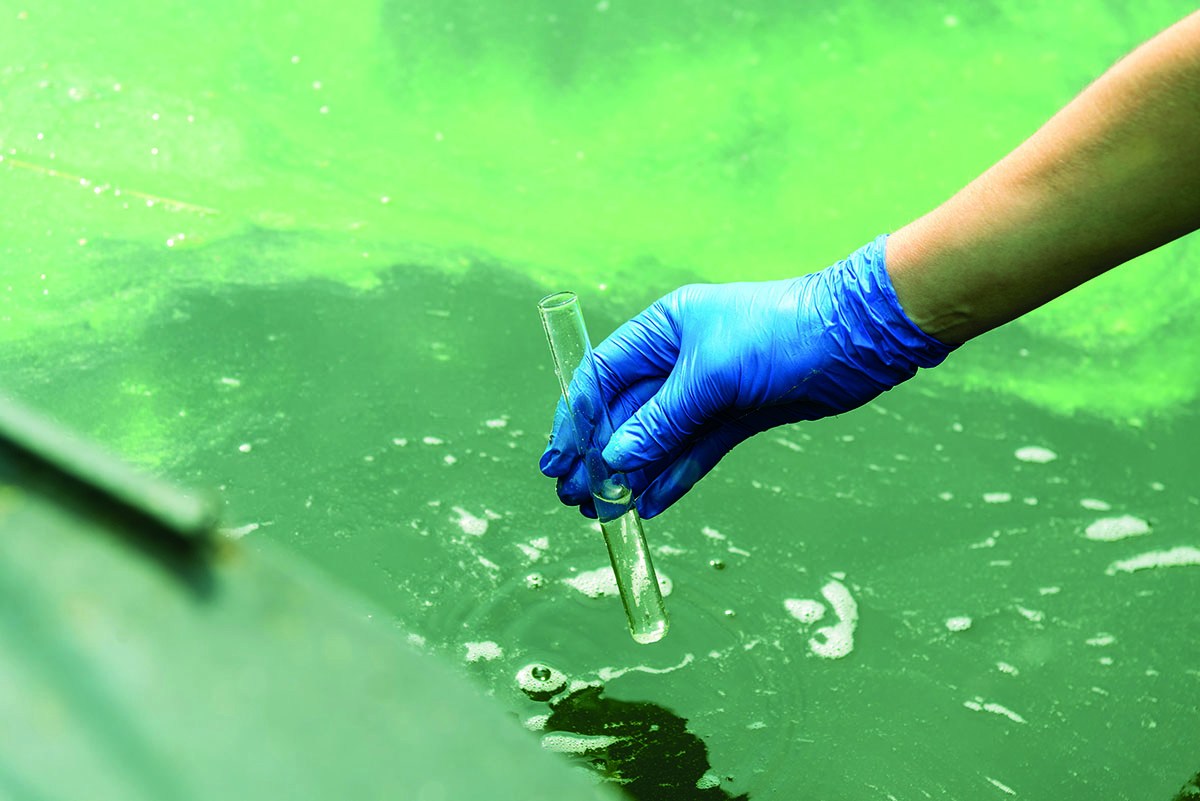
Multiple solutions to the challenge on emerging contaminants were under discussion at British Water’s recent micropollutants conference. Here, Dr Fabio Bacci reflects on key learnings, and makes a plea for enhanced cross-sectoral synergies.
Trace contaminants in both drinking water and wastewater pose significant challenges to operators. As governments, activists and consumers become increasingly aware of the environmental and health impacts of micropollutants in water sources, the sector needs to respond quickly and reliably.
To support the sector in rising to these challenges, British Water hosted its second annual conference on micropollutants in water and wastewater on 28 March 2023 in Manchester. With a keynote speech from Professor John Fawell, former chief scientist at the National Centre for Environmental Toxicology, the conference focussed on three critical areas: legal frameworks, bioresources and commercial considerations.
Legal changes
Recent changes in the European legal framework have targeted micropollutants in terms of environmental quality standards, surveillance and, lately, a roadmap of obligations for quaternary treatment. The conference explored these changes and how they will be the pillars of an emerging economy addressing micropollutants.
Biosolids can no longer be deemed waste and must be recognised as assets. Recovery of physical resources and generation of energy are classic examples of yields offered by bioresources. Speakers addressed how micropollutants accumulated in sludge are obstacles to innovation and must be considered during the development of solutions.
As the regulatory regime continues to target micropollutants, the market is increasingly responding with novel solutions. The conference provided a platform for technology providers to explain and showcase their achievements in this emerging industry.

Regulatory action
The welcome increase in regulatory action dominated the agenda, and the importance of legislative developments was clearly represented by the contribution of Drinking Water Inspectorate (DWI)’s principal inspector, Ann Bunting.
The engagement of regulators in industry-led events is critical and, for the second year in a row, the DWI demonstrated their unwavering commitment to the public discourse on micropollutants. While regulatory and industry responses need to prioritise those classes of micropollutants posing greater risk to the environment and human health, proactive action is required to ensure the water sector is prepared to address this timely issue.
The conference offered an opportunity for the industry to seize the moment and demonstrate it is ready and willing to work closely with the supply chain, business and government in the development of novel solutions.
Environmental challenges
The endemic challenge posed by Per- and polyfluoroalkyl substances (PFAS), often referred to as ‘forever chemicals’ because of their persistence in the environment, remained an important talking point. The severity of antimicrobial resistance was extensively covered and nanoplastics joined the dialog.
What is also clear from the discussions taking place across the event, is that the link between micro- and nano-plastics – namely the potential of plastic particles to act as carriers of micropollutants adsorbed on their aged surfaces – is going to gain momentum.
Critical communication
Public discourse on micropollutants is important to continue informing the supply chain about market drivers. Solutions presented by delegates at the conference demonstrated the achievements in research, development and commercialisation from novel biological treatment to sophisticated engineering technologies.
Furthermore, open and frank conversation allows the discovery of collaboration potential between analogous sectors, for instance the contribution by Martin Rose of Fera Science, a research centre for sustainable agriculture, showed the considerable opportunities for cross-sectoral synergy.
Overall, the event was a testament of the commitment of regulators, researchers and technology providers alike toward the challenge of micropollutants.







